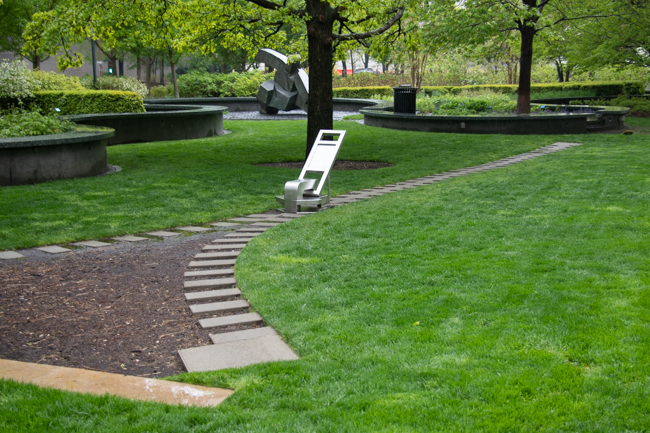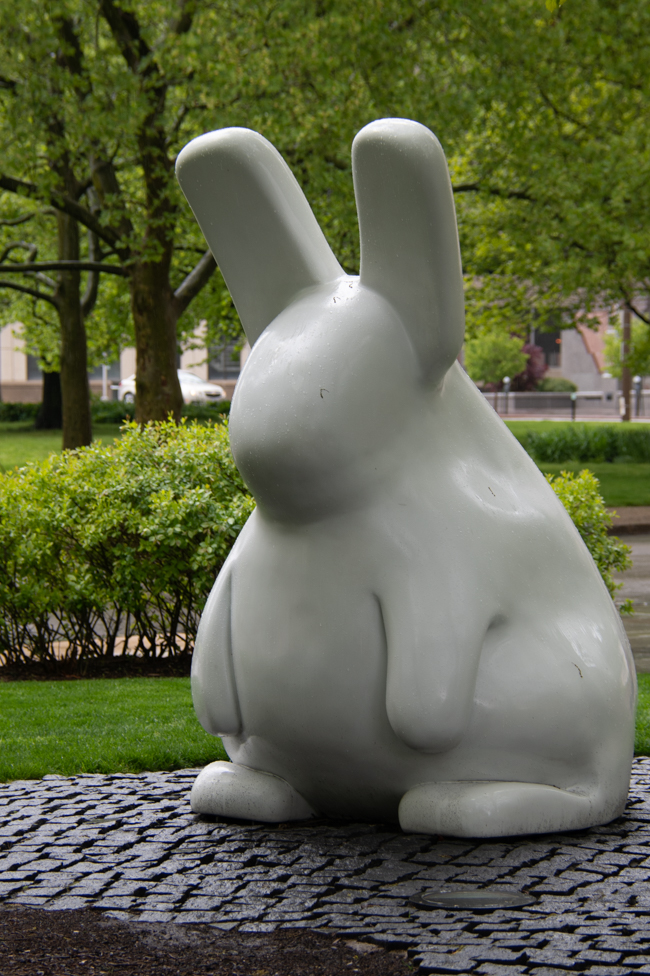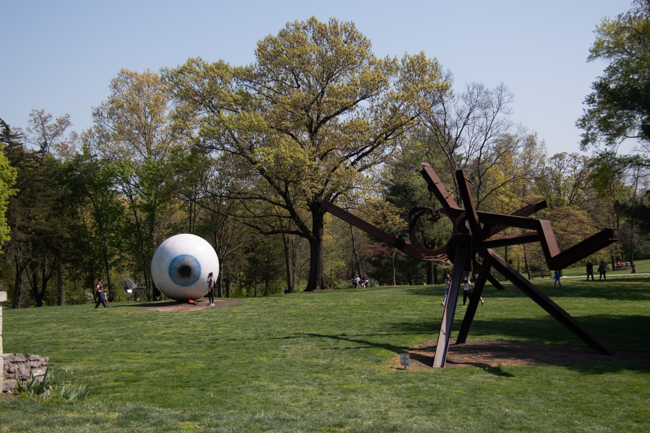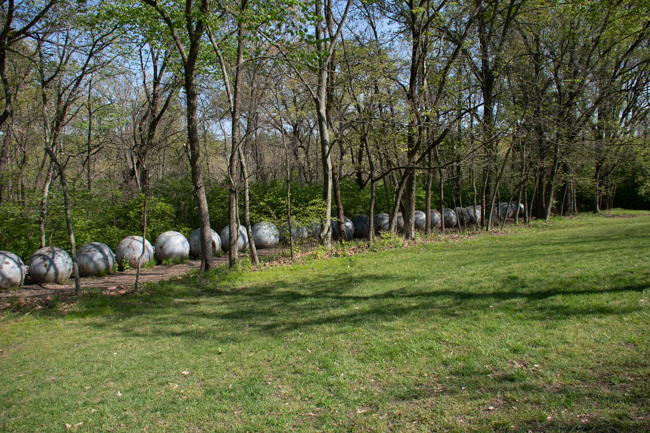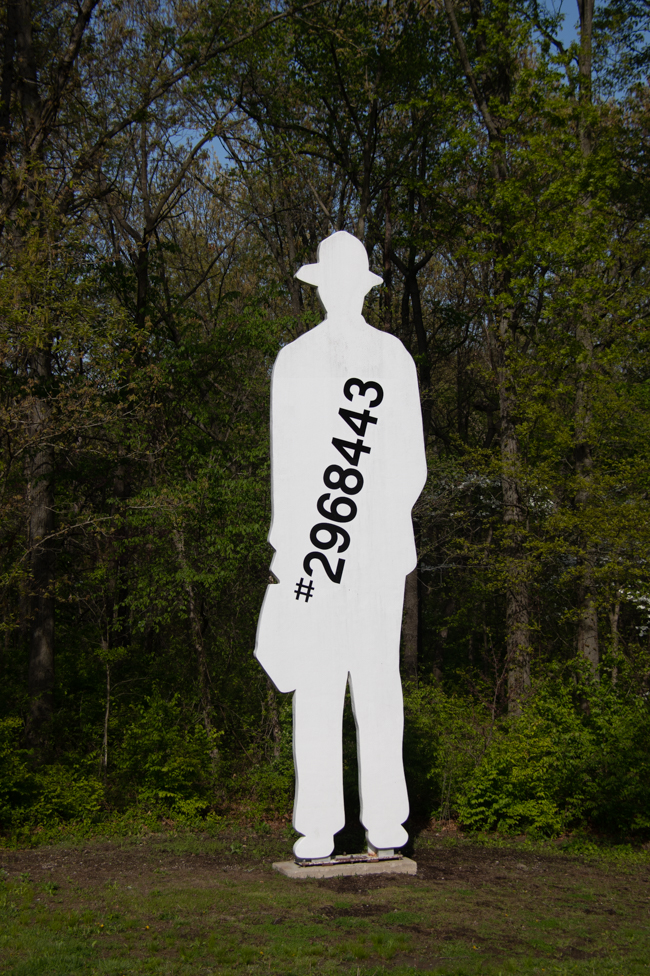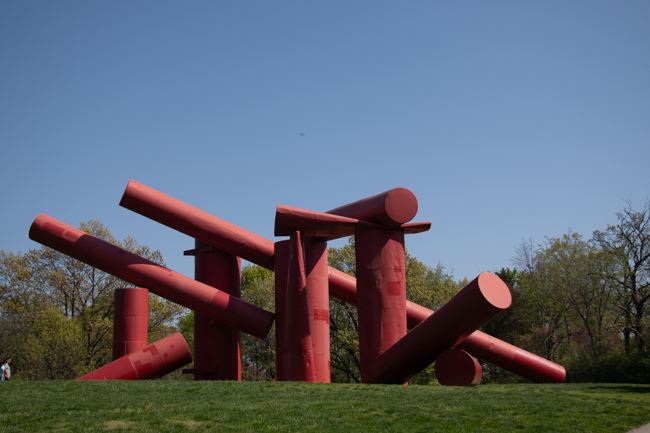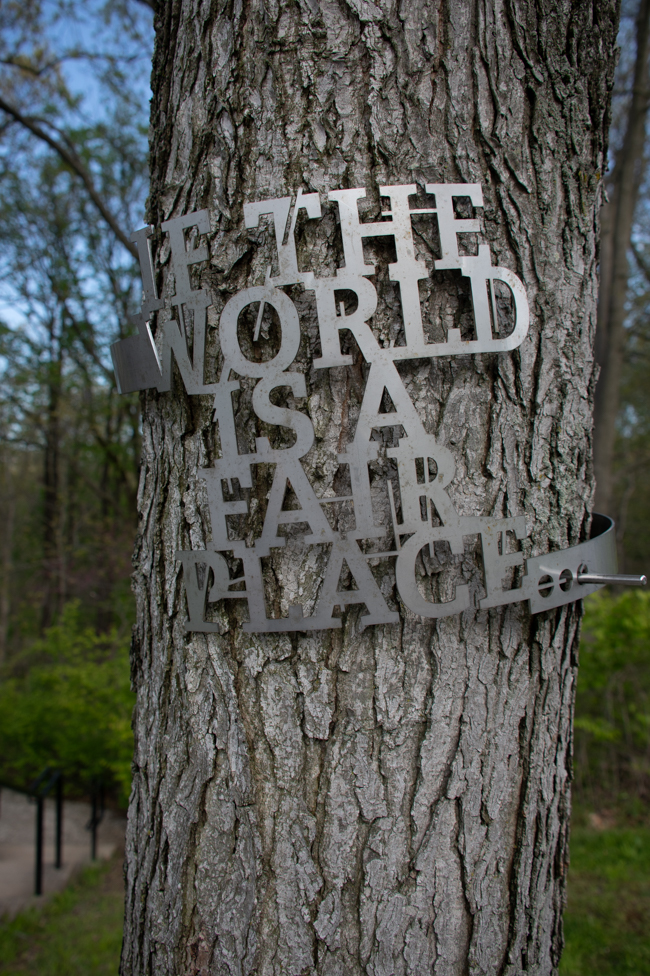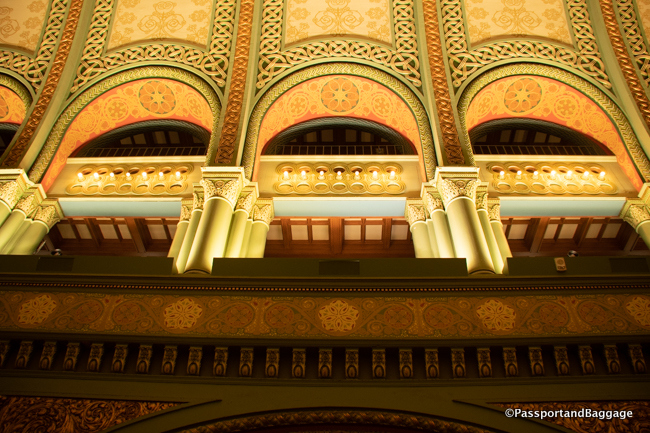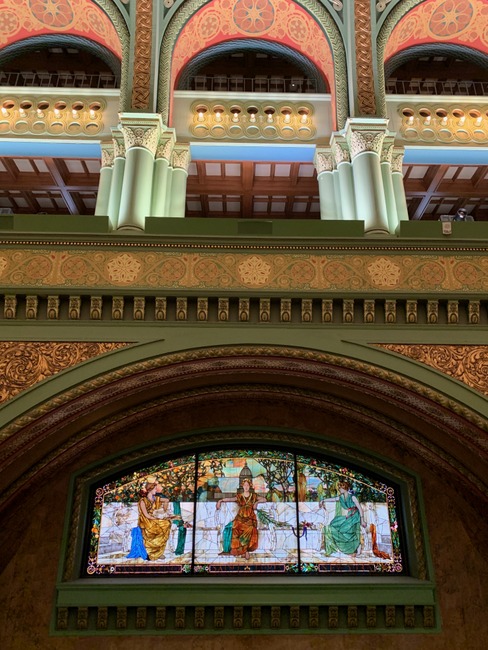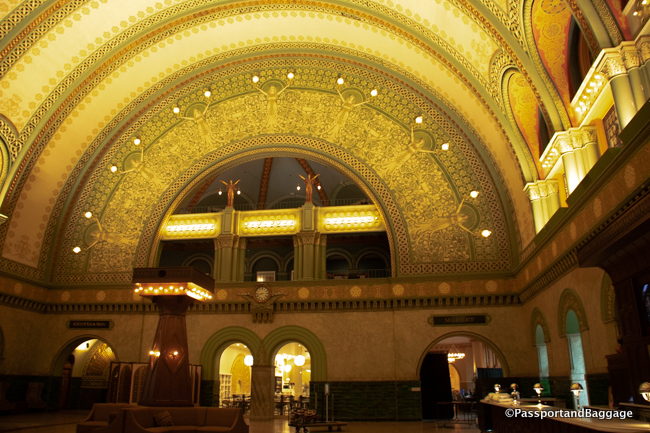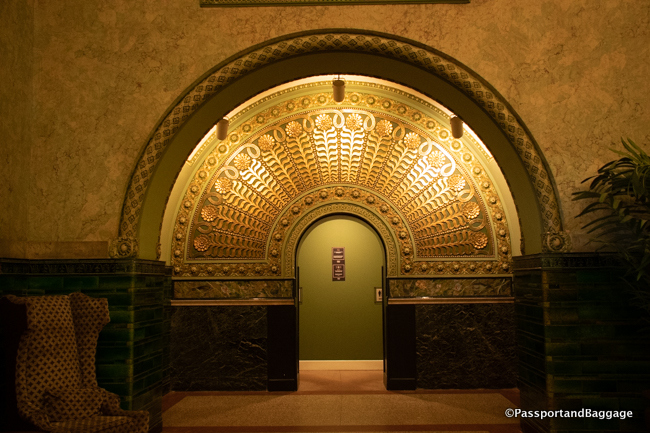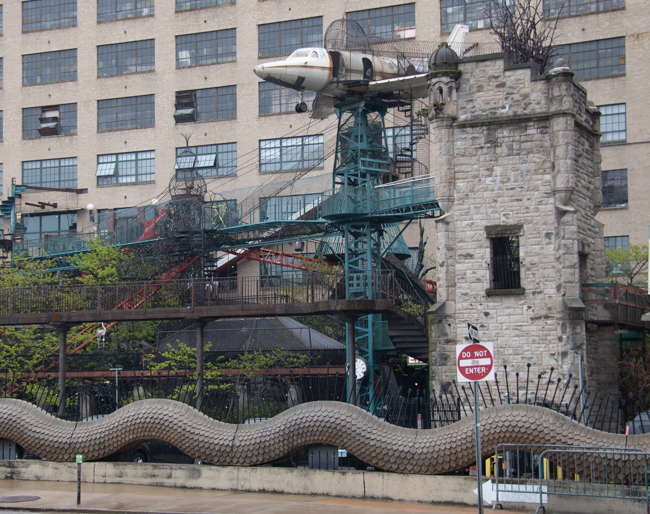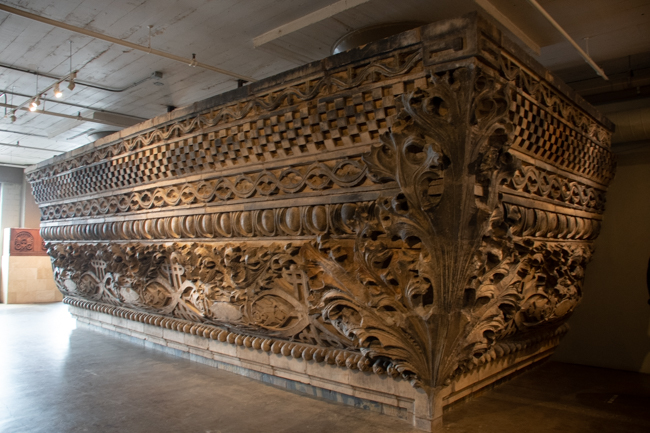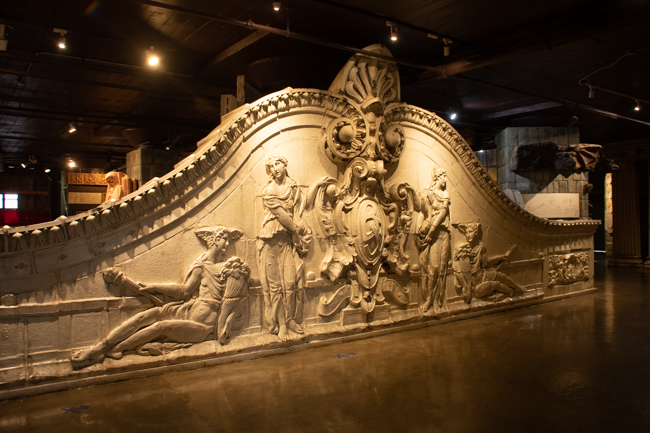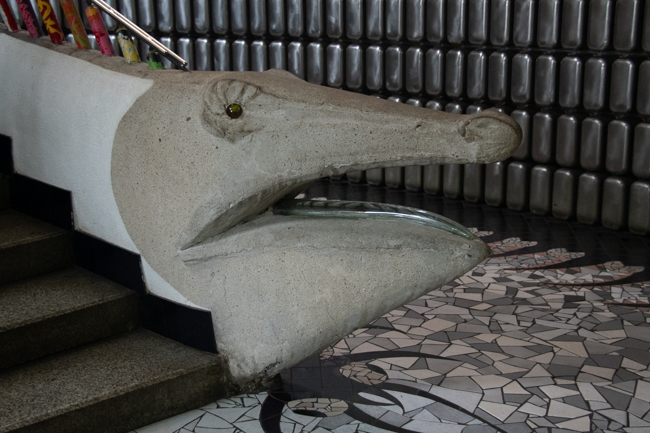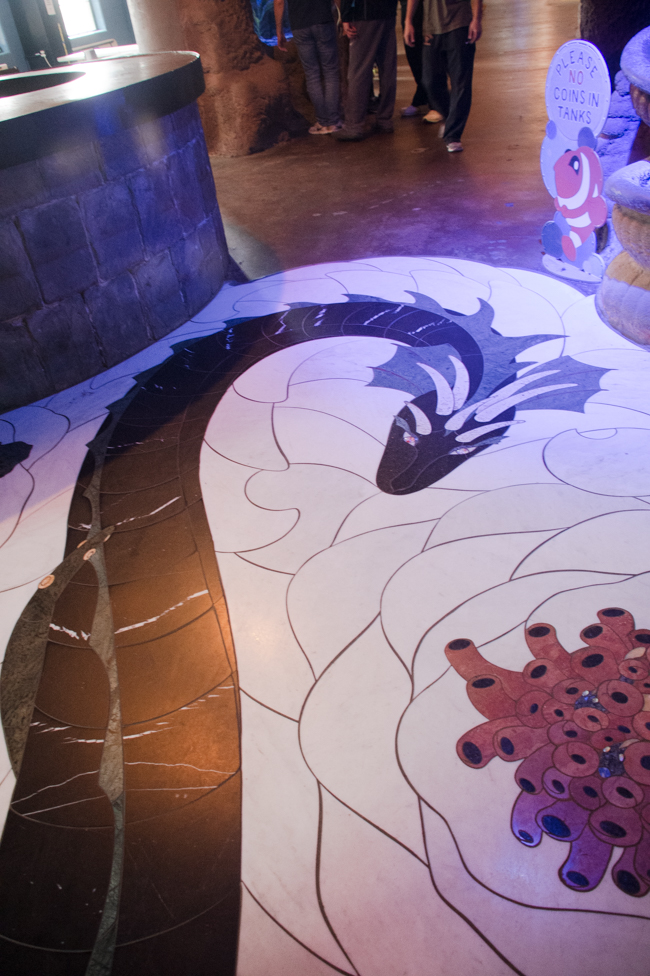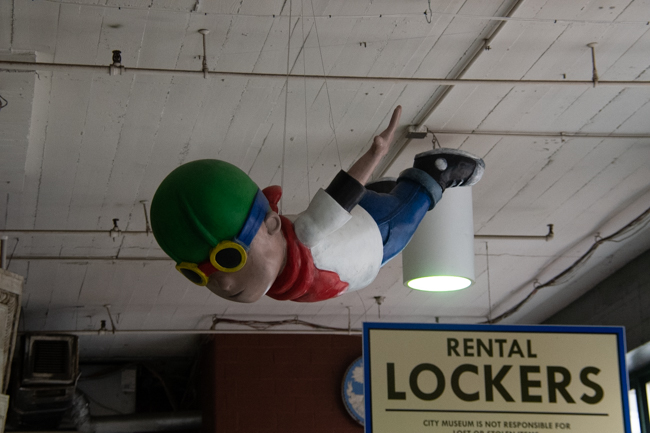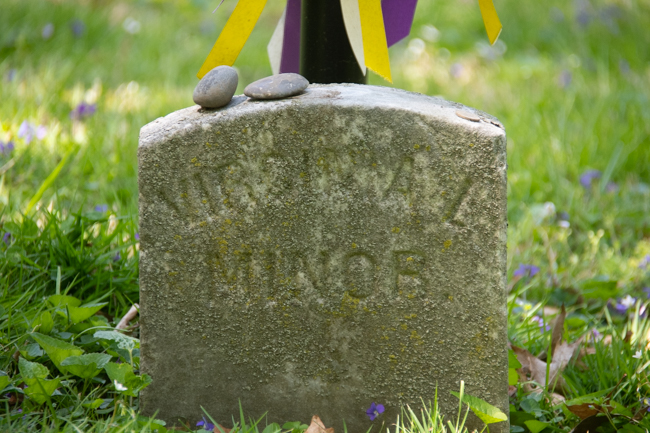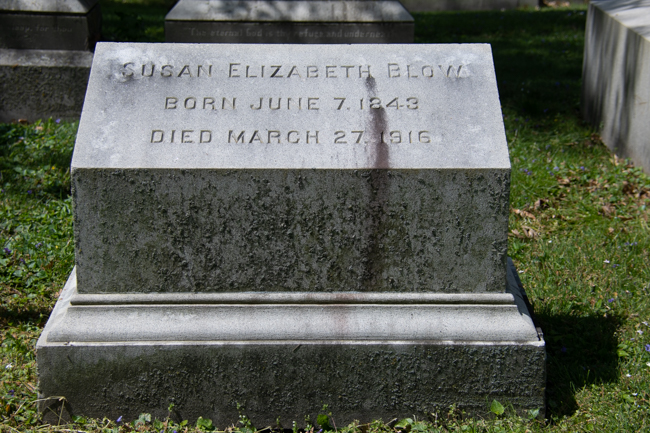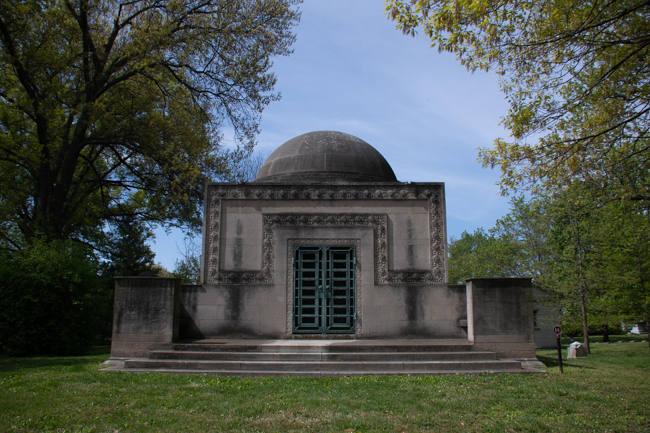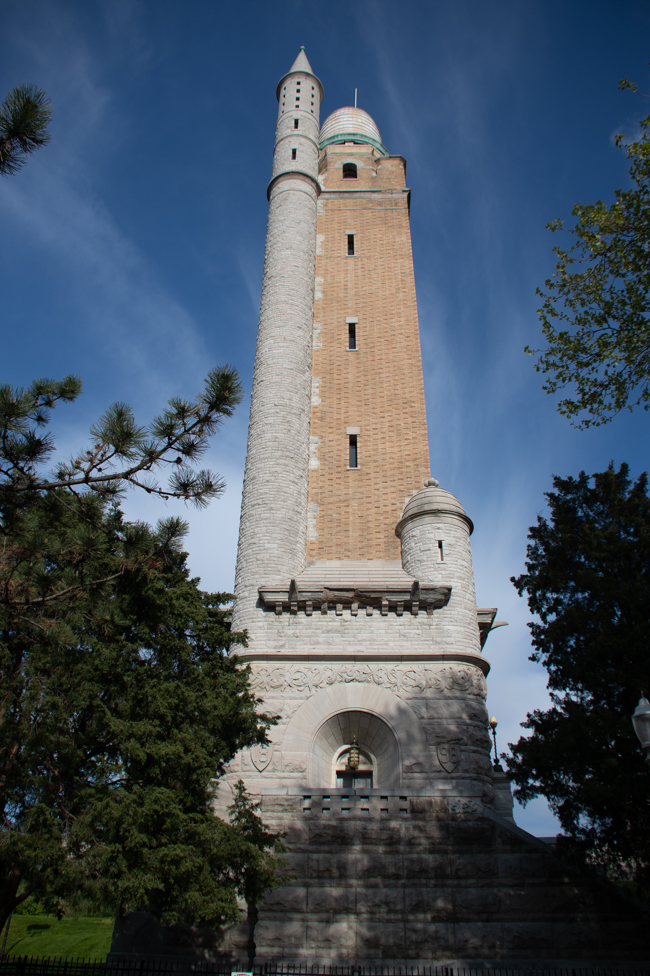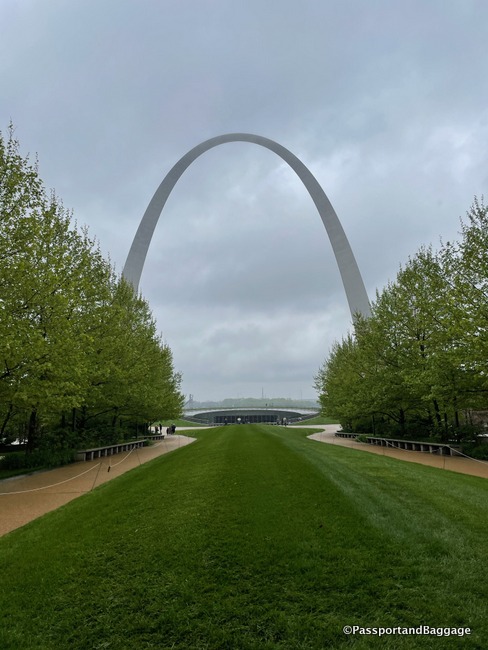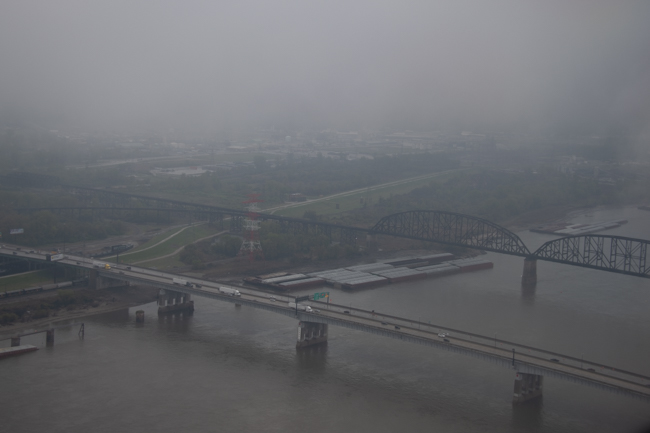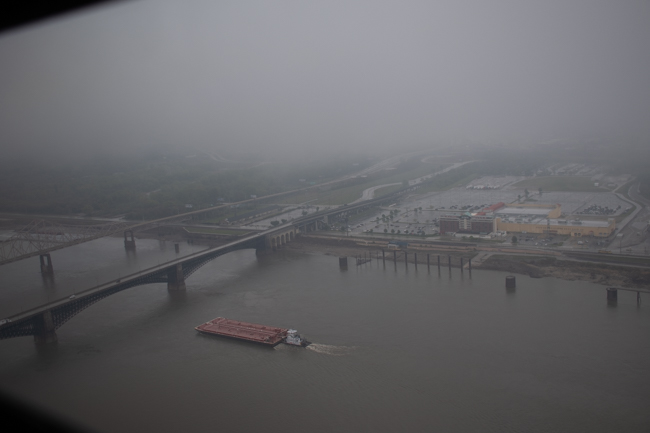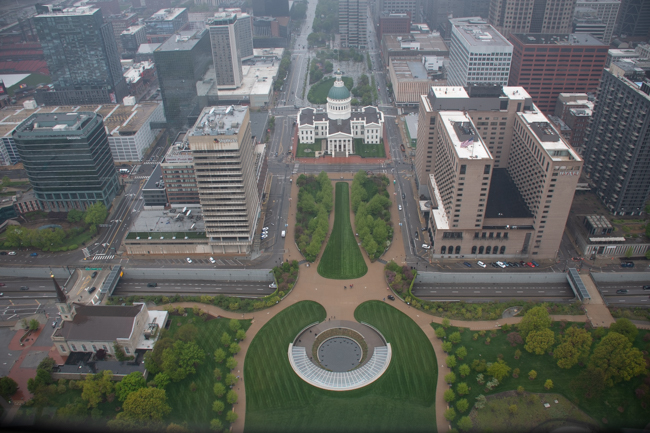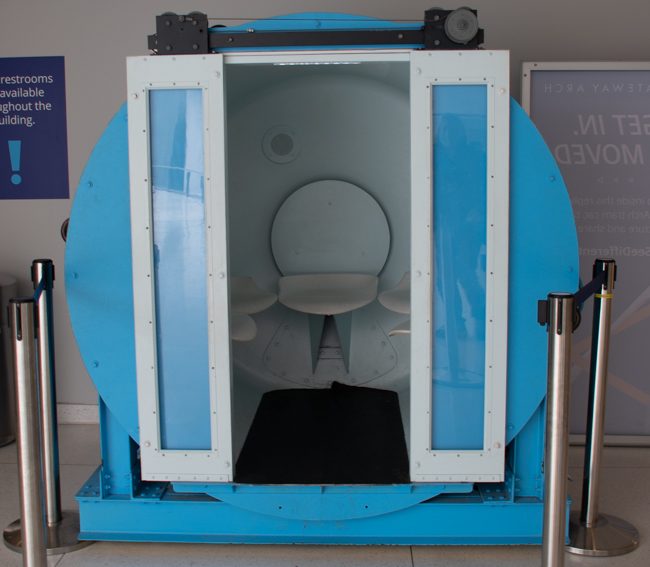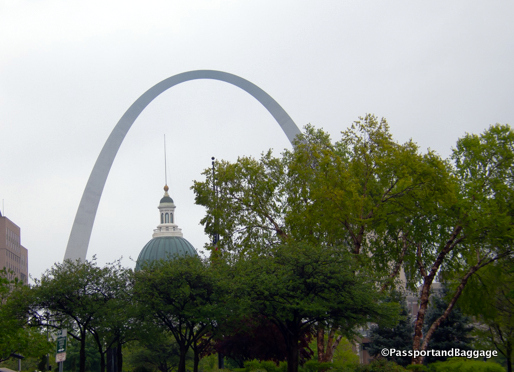April 2021
Saint Louis is an amazing city for art!
City Garden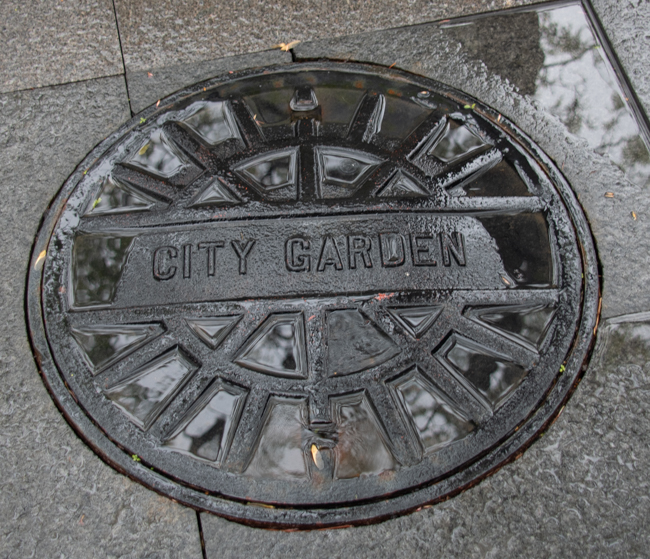
Between Chestnut and Market Streets and 8th and 10th Streets is City Garden. Founded by the Gateway Foundation the park consists of a cafe, stunning landscape, a fountain or two and a modern art collection that made this public art enthusiast sing.
The photos I have chosen are a small sample of the pieces in the park.
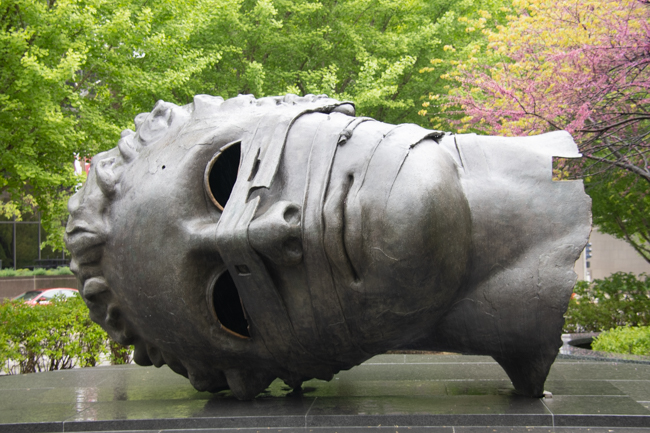
Eros Bendato by artist Igor Mitoraj. – The dismembered head of Eros, the Greek god of love and desire, is wrapped in bandages suggesting that the desires of the eyes and mouth have been imprisoned. The bandages also symbolize two opposing views of the world – either that civilization is broken beyond repair, or that it is being held together despite destructive forces.

La Riviere by artist Aristide Maillol. This female nude is the subject of nearly all of Maillol’s later works. Here. the artist creates the feeling of instability and movement. It is the personification of water.
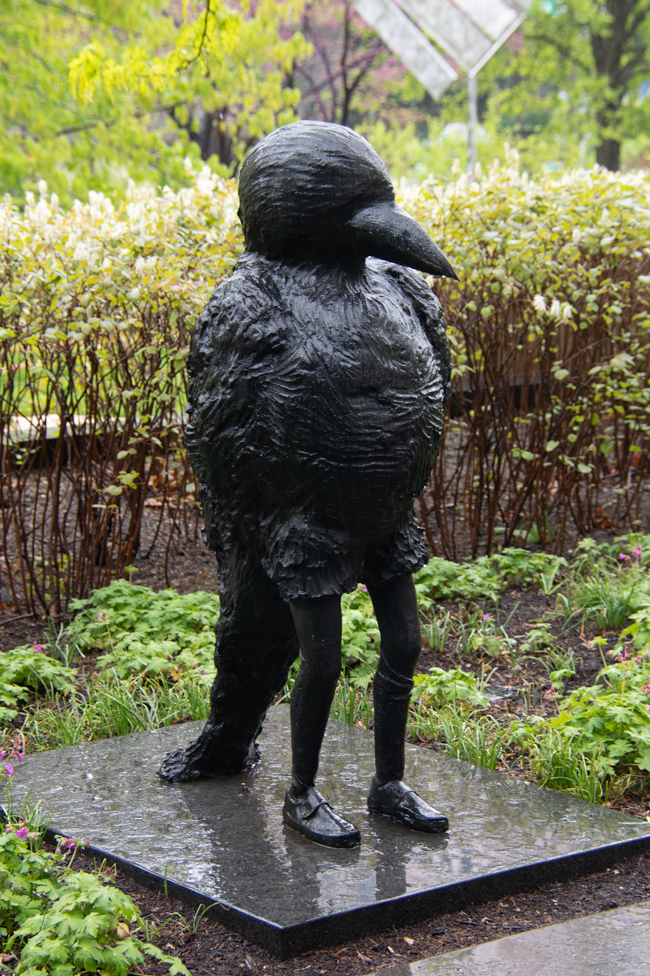
With Bird, Laura Ford creates playful and disturbing hybrid creatures. Part human and part animal they are developed through observation of her own children and recollection of her feelings of growing up. It represents her ability to move easily between the real and unreal, the creepy and sweet, the funny and mean.
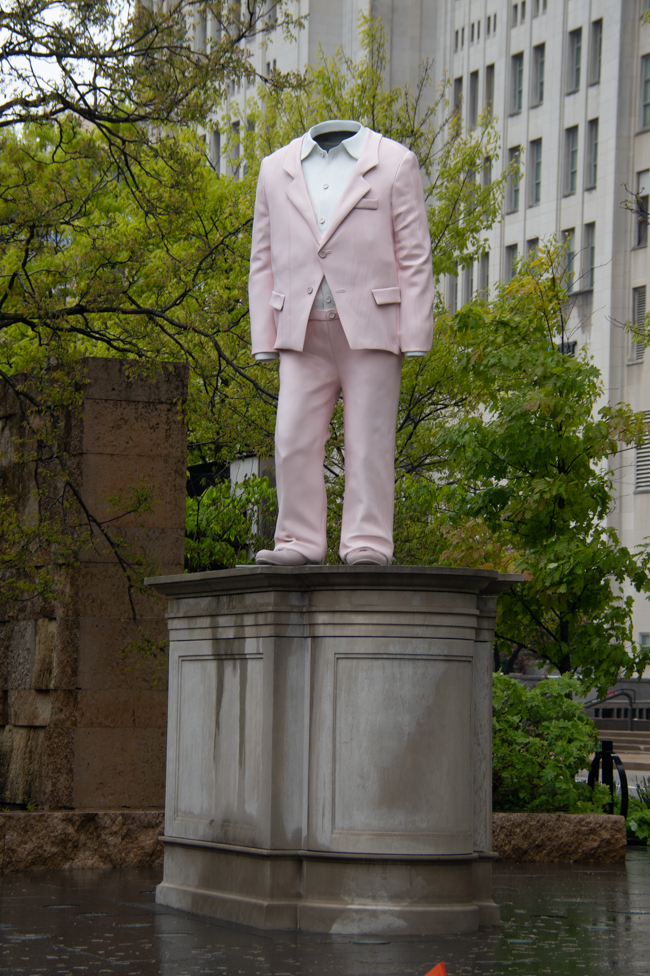
Erwin Wurm chooses everyday objects as the subject of his work in an attempt to inspire viewers to question both the traditional definition of sculpture and their relations ship to the world.

Jim Dine has been intrigued by the story of Pinocchio for many years. Creating Big White Gloves, Big Four Wheels Dine said “the idea of a talking stick becoming a boy, is like a metaphor for art.

Aesop’s Fables by Mark di Suvero is indicative of so much of his work, large pieces of industrial metal welded, bolted and painted.
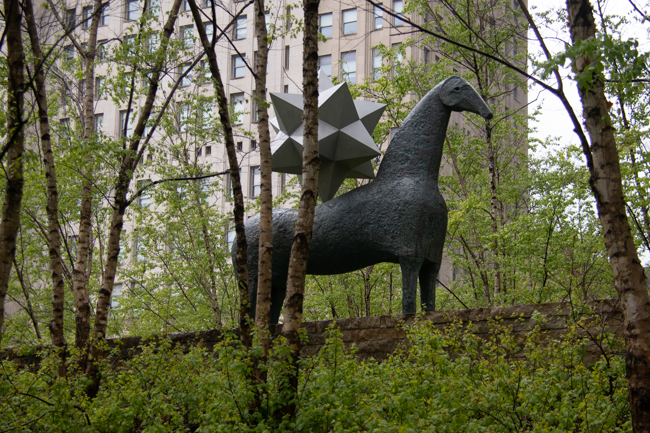
Mimmo Paladino created Zenit with a combination of art, science and mathematics. A geometric form that mathematicians call a stellated dodecahedron appears to balance on one of its points on the horse’s back.
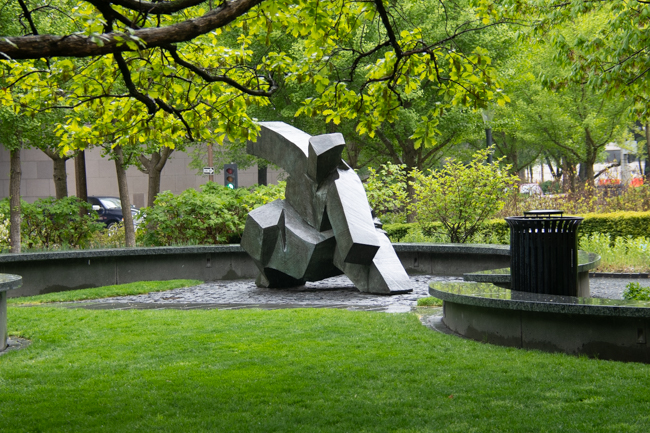
Tai Chi Single Whip by Ju Ming depicts a faceless Tai Chi practitioner in the basic pose with the same name as the piece.

Clausses creates a tension between the light tone of the subject and the weight of the bronze forms. This bronze, enveloped in white paint gives the impression of marshmallows.
Classen’s bunnies took on even more meaning when you enjoy the small rabbits hopping all around the park.
Laumeier Sculpture Park
A friend turned me onto the outdoor sculpture park at 12580 Rott Road in St. Louis.
Founded in 1976, Laumeier is one of the first and largest dedicated sculpture parks in the country. In 1968, Mrs. Matilda Laumeier bequeathed the first 72 acres of the future Laumeier Sculpture Park to St. Louis County in memory of her husband, Henry Laumeier. In 1976, local artist Ernest Trova gifted 40 artworks, with an estimated market value of approximately one million dollars.
The entire park is a teaching facility and a divine place to spend a day just wondering the stunning grounds. The pieces change, these were just some of the more interesting ones I found on my visit.
